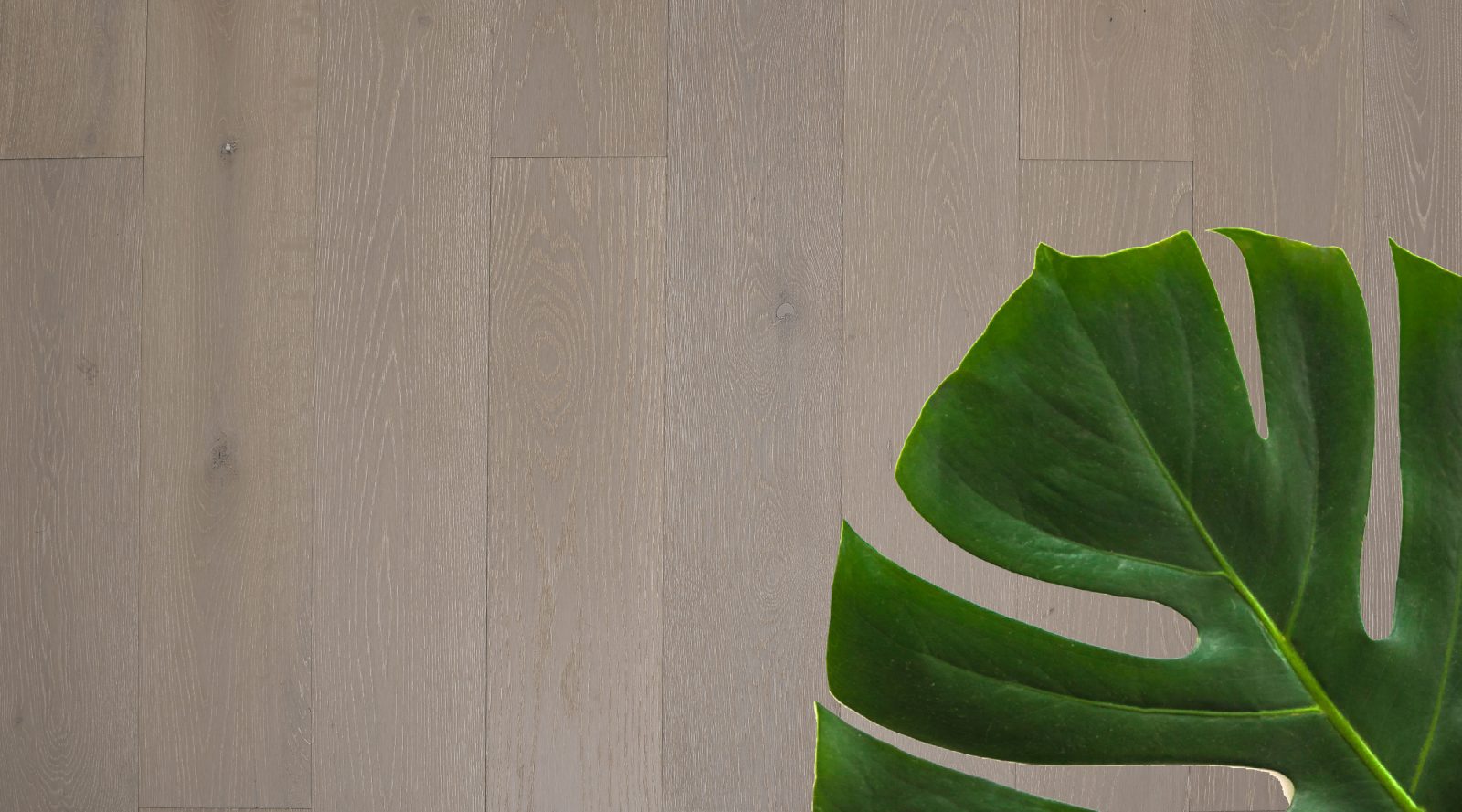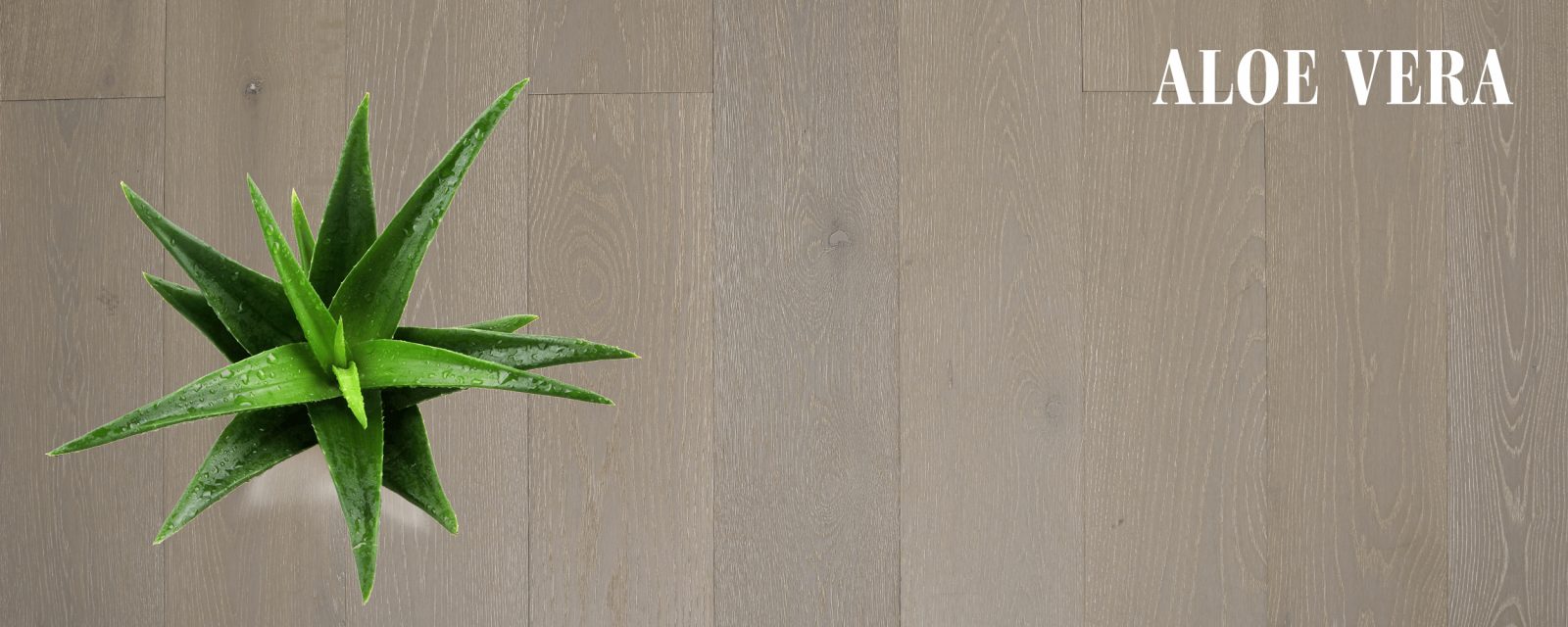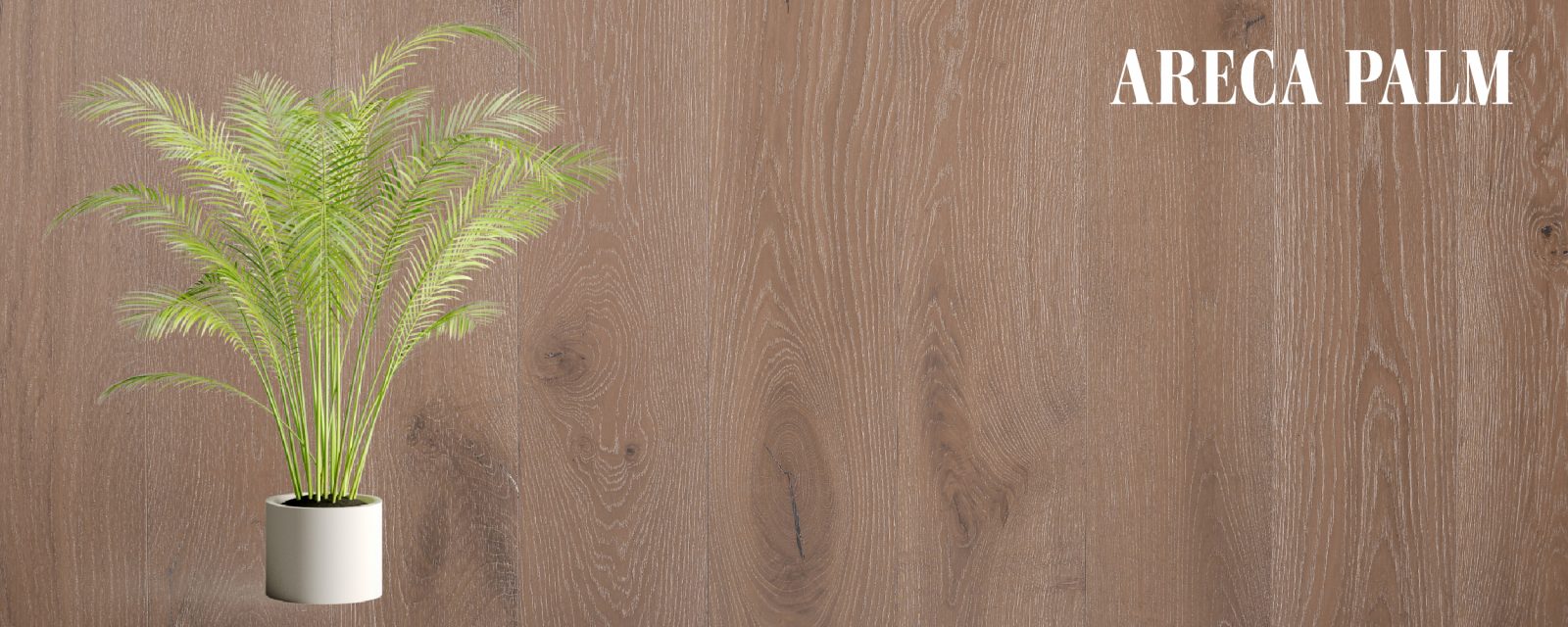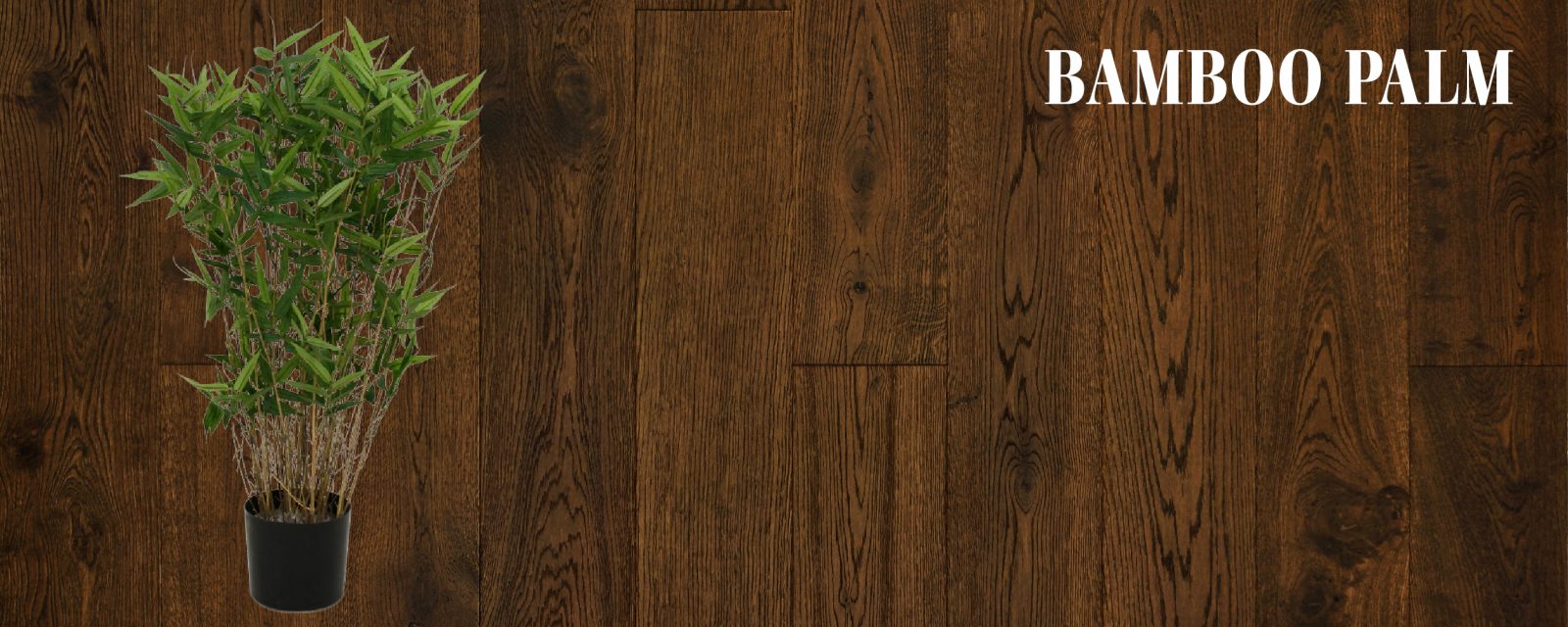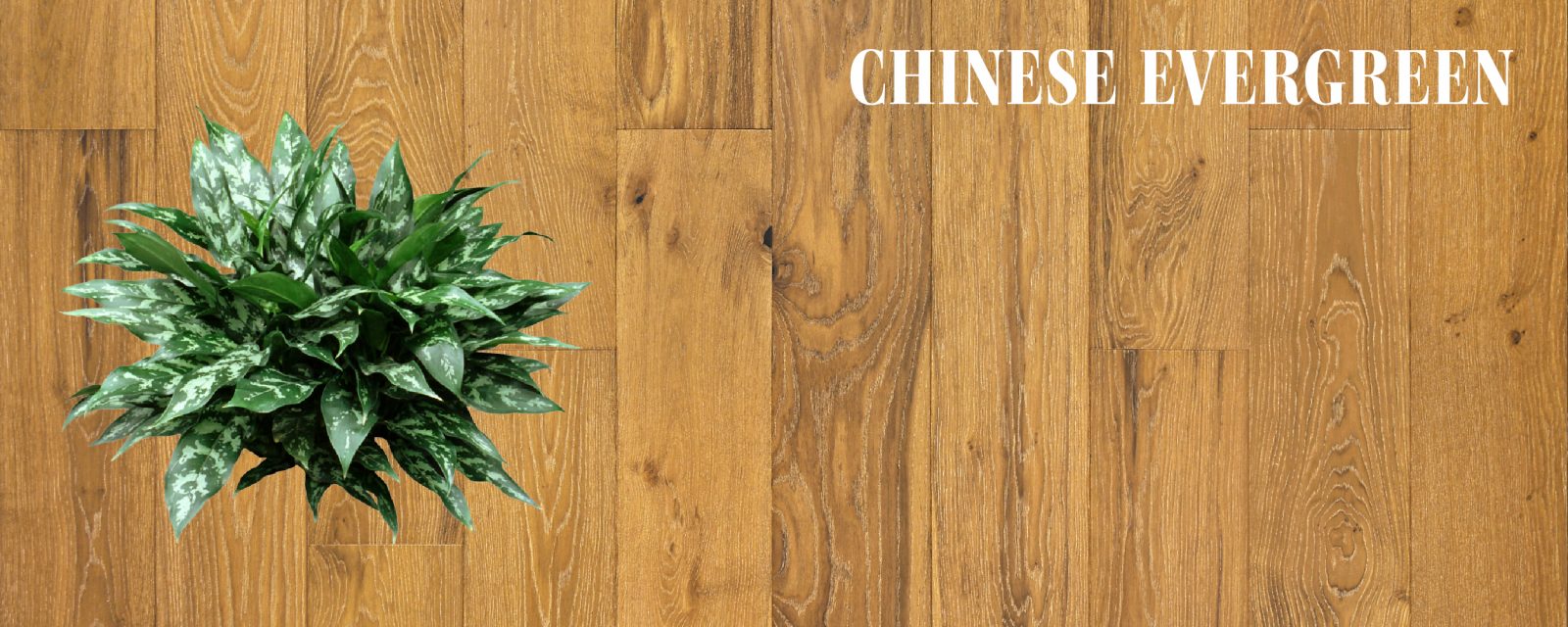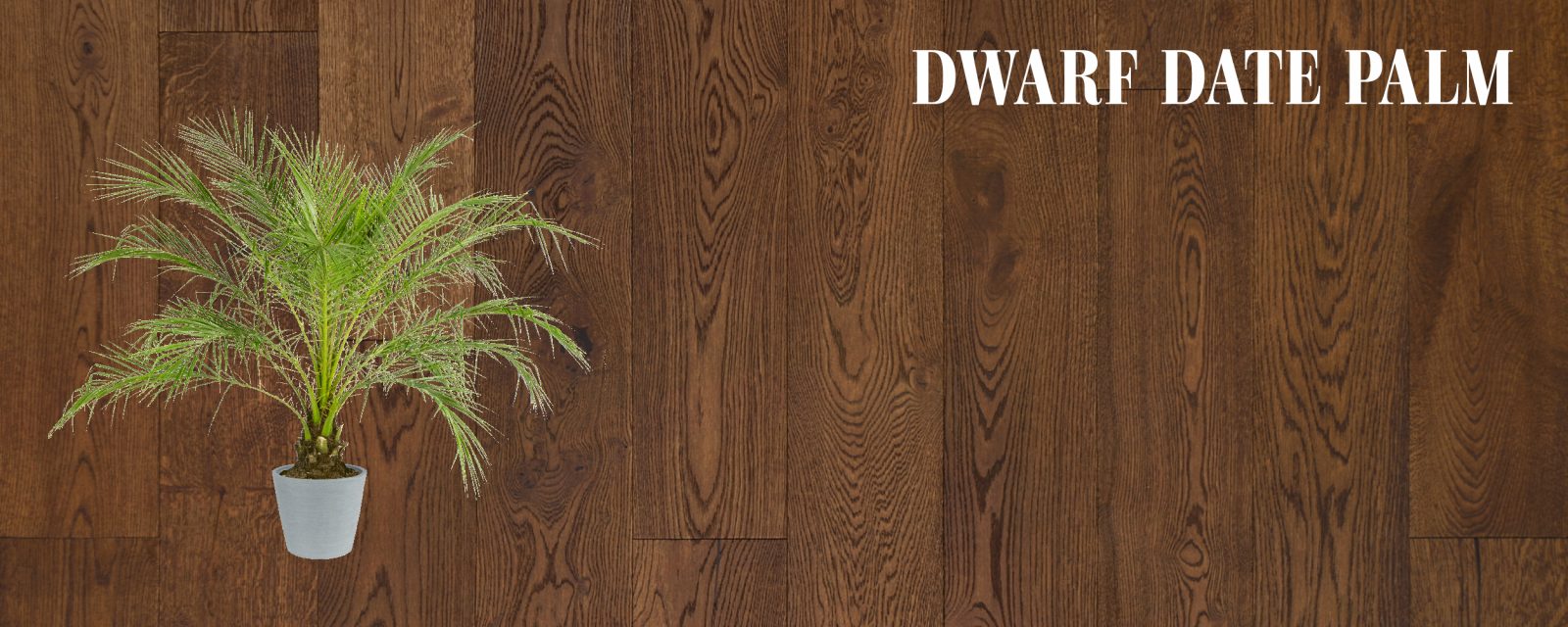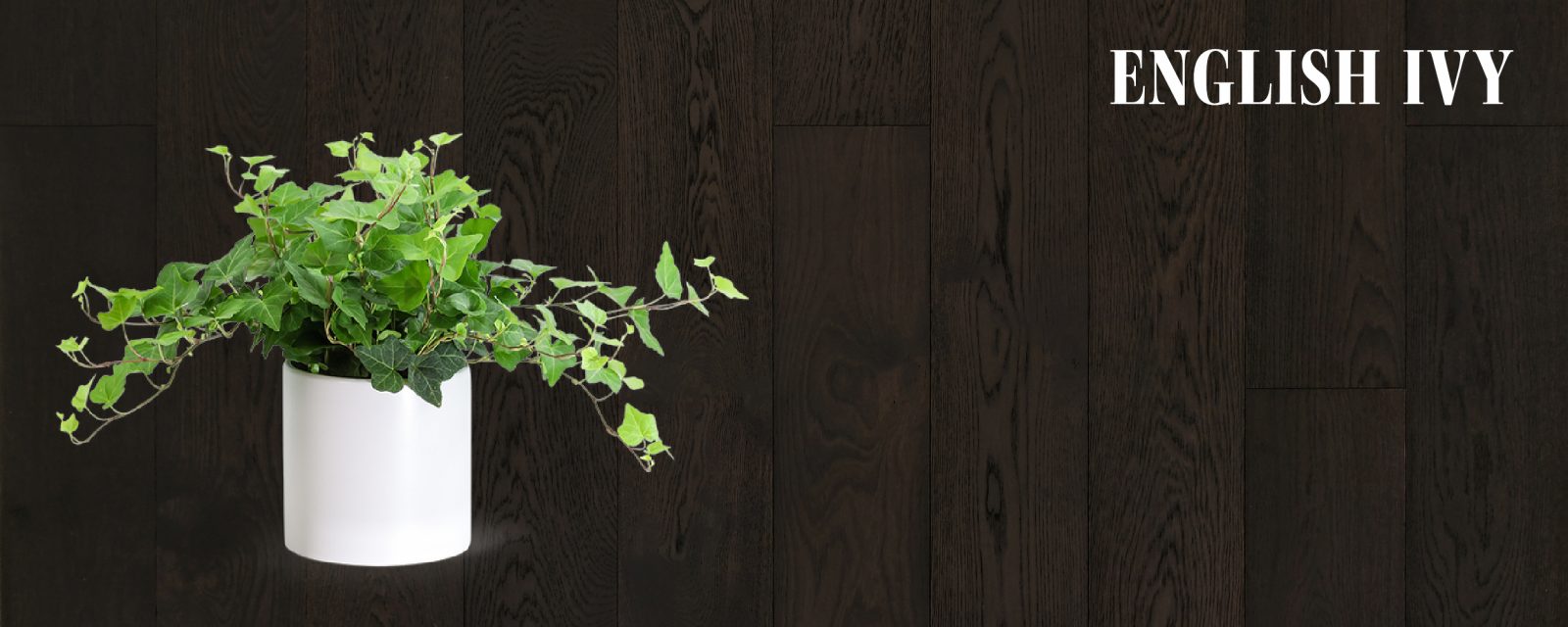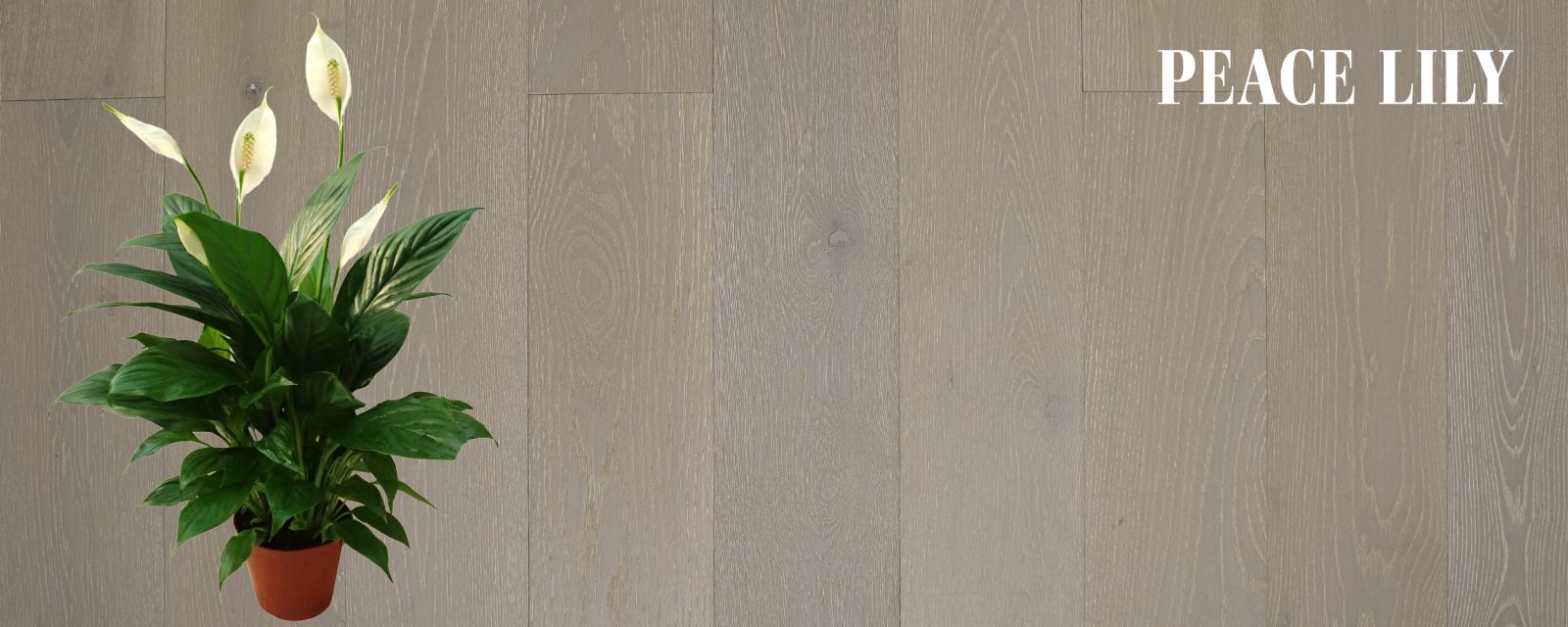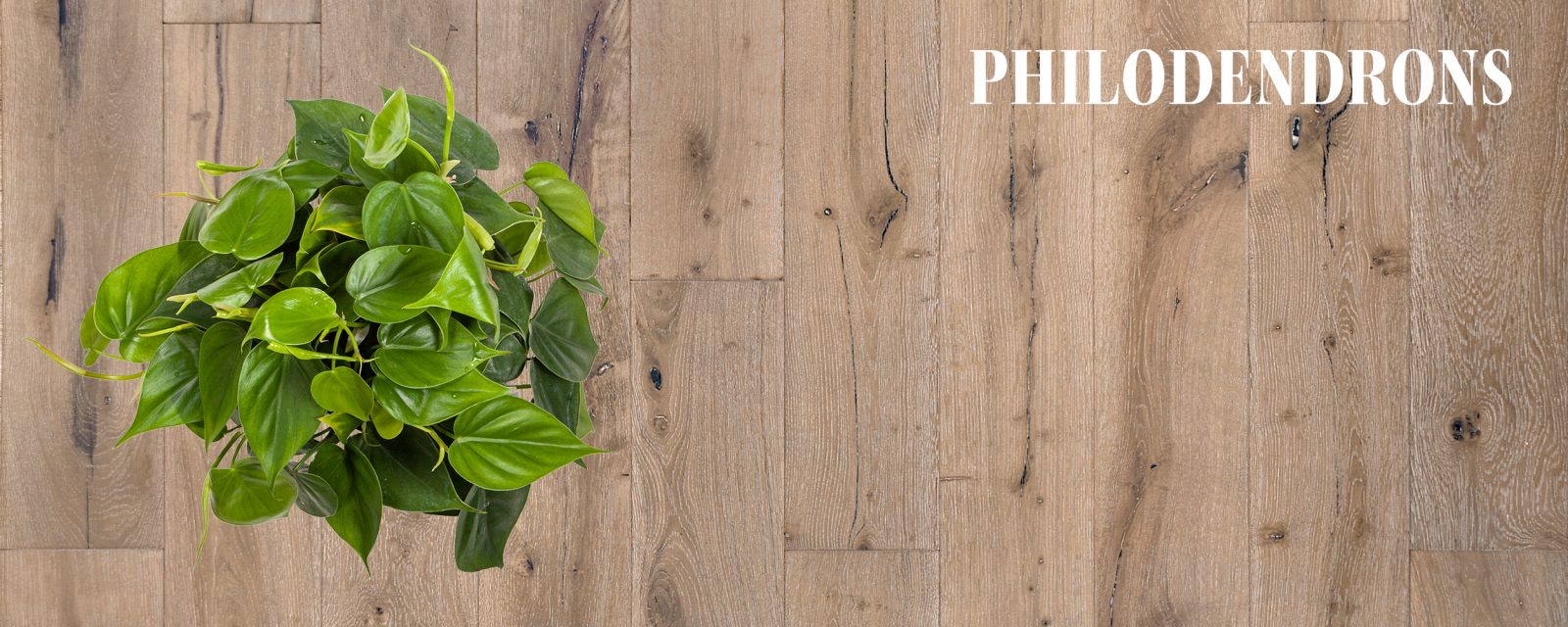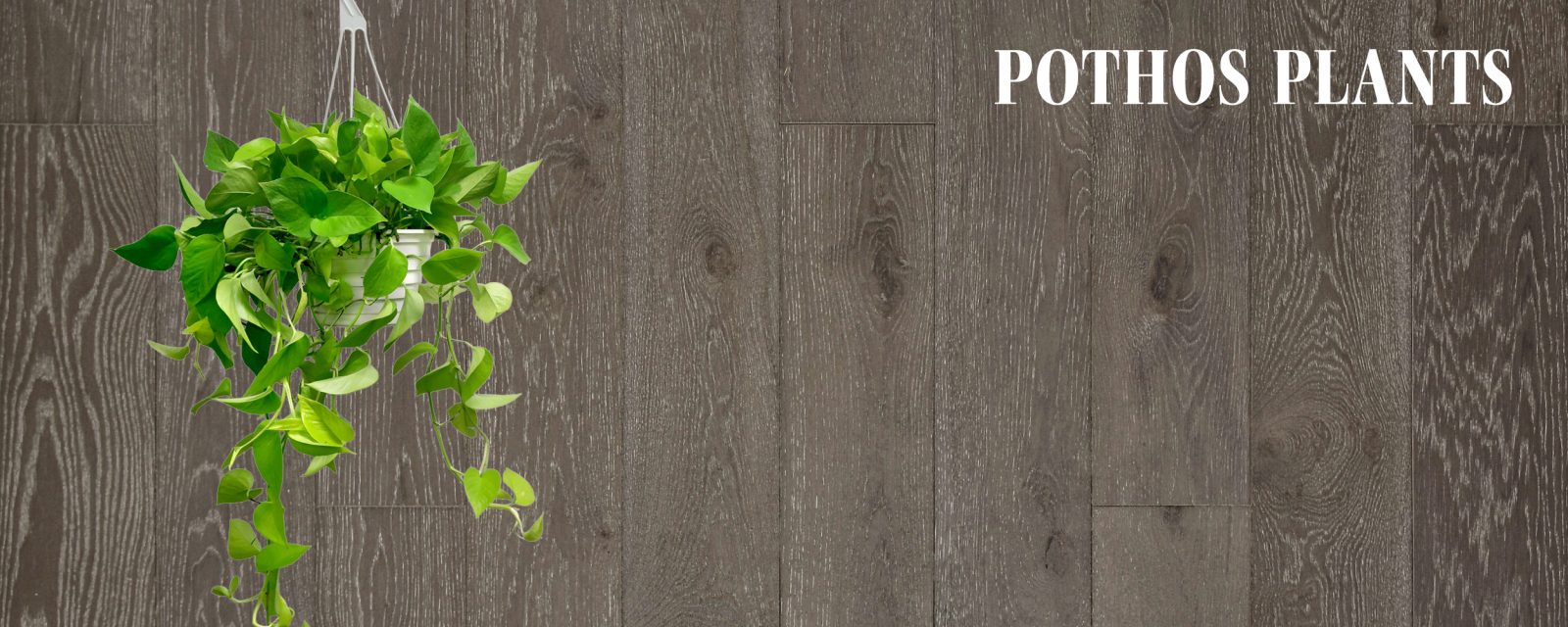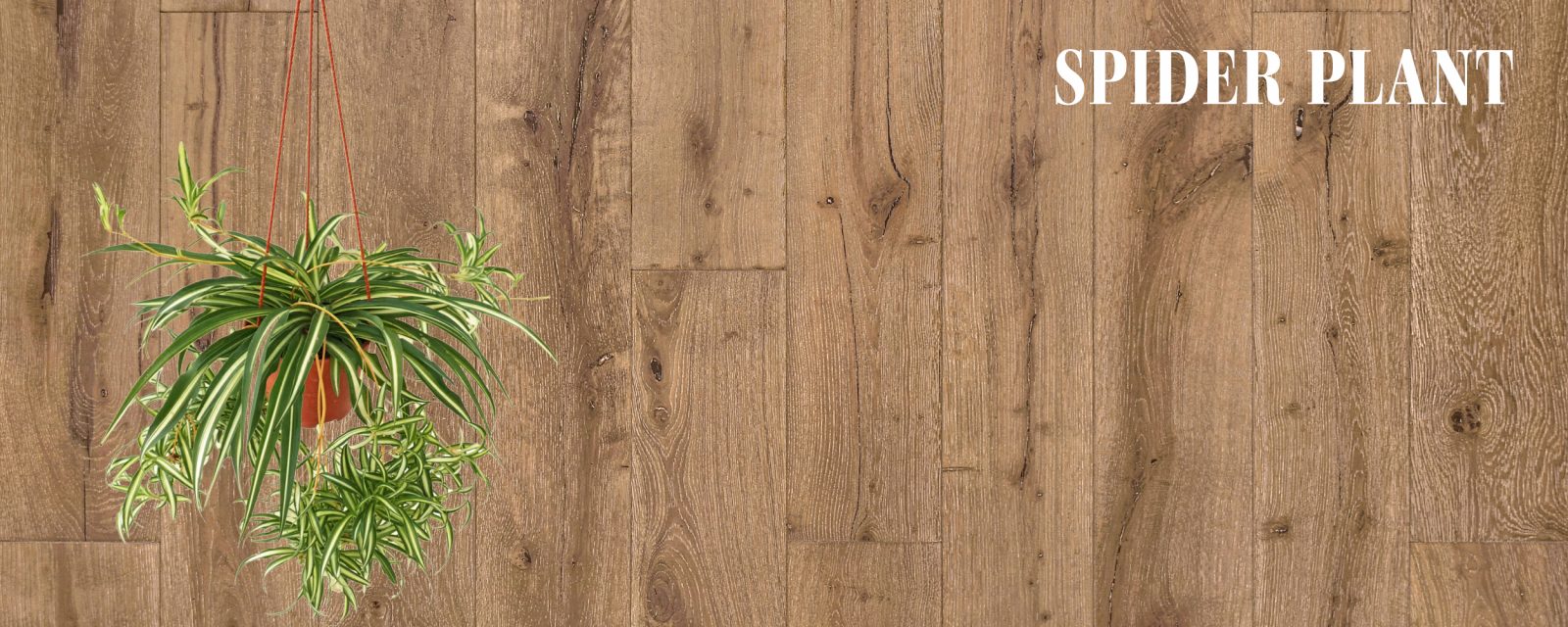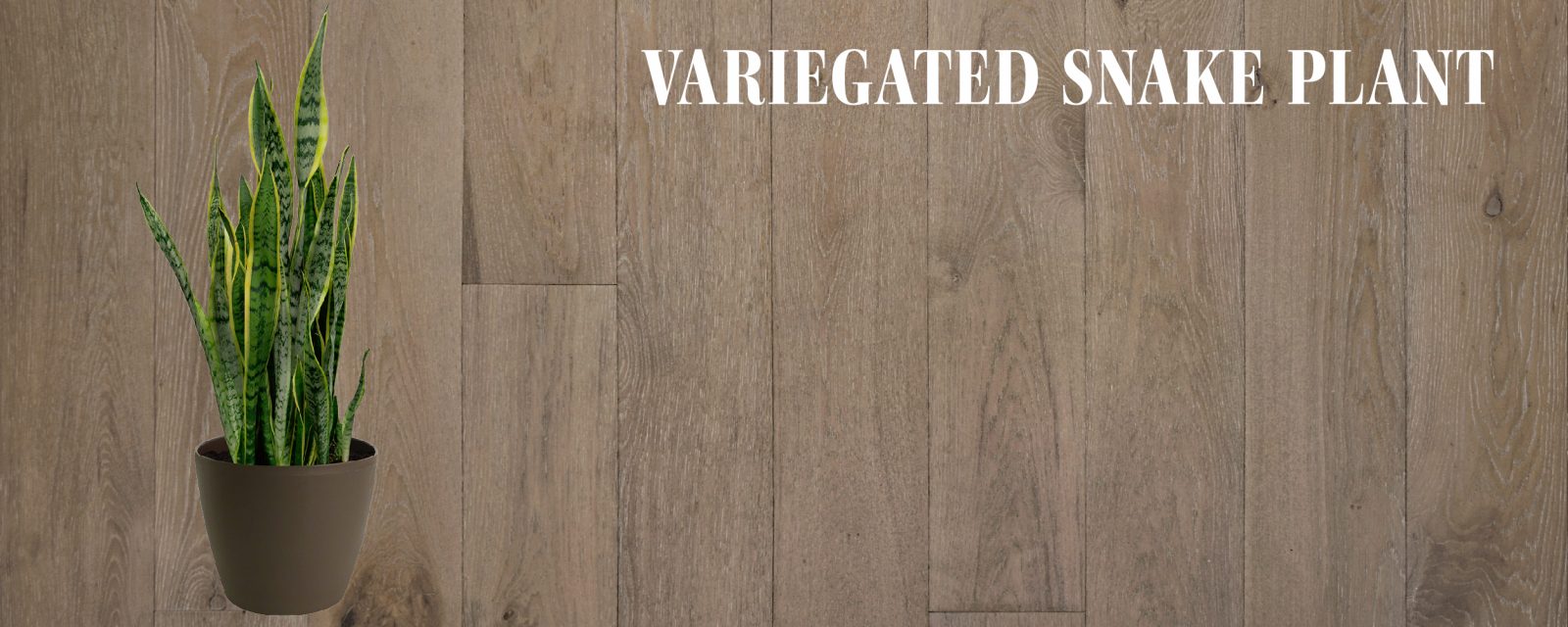The Best Plants for Better Air Quality! Your home’s air quality matters. Improve it with a blend of nature’s purifiers – hardwood and houseplants ?
__________________________
Looking for a natural air purifier that can brighten your home while adding a touch of nature within? Hardwood may not be the first thing that comes to mind, but it sure does the job! If you’ve read some of our previous articles regarding sustainability and the health benefits of hardwood you probably already are aware of this, but if not, here is a quick run-down.
- According to the EPA, hardwood improves overall air quality over time
- It is a carbon-neutral product
- It is hypoallergenic
- Our oil-based finishes are completely natural and consist of mostly cold-pressed vegetable oils and aromatic hardening oils with no artificial color pigments or preservatives
- Unlike carpet, hardwood does not harbor allergens, debris, mites, and mold
__________________________
Do you know what else can offer a breath of fresh air and better air quality? Houseplants! Our little (and sometimes big) green buddies are there to purify, detoxify, and add a natural essence to any space. So, let’s say aloe to our little friends!
__________________________
Aloe Vera (Toxic to Pets)
Good for your skin and great for air quality!
Areca Palm
If you are the top in your class, it might as well be for removing toxic chemicals from the air! This plant is excellent for dry climates due to its water vapor releasing traits that adds humidity to any space it occupies; however, an occasional misting is needed to keep your plant (and air pollutant levels) healthy.
Bamboo Palm
Are you lacking windows, but not air pollutants? Then you are in luck because Bamboo Palms love partial sun or even shade.
Chinese Evergreen (Toxic to Pets)
Tropical in origin, this plant thrives in humid conditions such as bathrooms.
Dwarf Date Palm
Looking for a non-toxic plant to remove pollutants from your home? The Dwarf Date Palm it is! All this plant needs is a little sun and mild temperatures to provide decades of quality air purifying.
English Ivy (Toxic to Pets)
Looking for a versatile accent that serves a dual purpose? English Ivy can be grown as a ground covering or a climbing vine that removes a wide variety of pollutants. *Gross Out Warning* This plant is a definite bathroom buddy due to its effectiveness at removing airborne fecal particles and mold.
Peace Lily (Toxic to Pets and Humans)
A small yet stunning accent, this flowering plant helps remove carbon monoxide, ammonia, and formaldehyde from the air. While simple in care, this plant has mild toxins within so remember to wash your hands after touching.
Philodendrons (Toxic to Pets)
With many varieties and incredibly resistant to neglect, this climbing plant is a favorite among houseplants. While gorgeous to look at, when ingested by pets it is toxic so plan this plant’s placement accordingly.
Pothos Plants (Toxic to Pets)
Hard to kill and easy to please, Pothos Plants come in numerous varieties. If you are looking for a naturally flowering plant, this may not be the best option for you, but if you are searching for something to combat formaldehyde then this should be your pick.
Spider Plant
We promise only the name is scary! A cute and resilient choice for those not blessed with a green thumb, this plant combats pollutants such as carbon monoxide and formaldehyde. Provide bright, indirect light and you’re all set.
Variegated Snake Plant (Toxic to Pets)
Be aware that this plant is toxic to pets so keep that in mind when considering where you place it.
